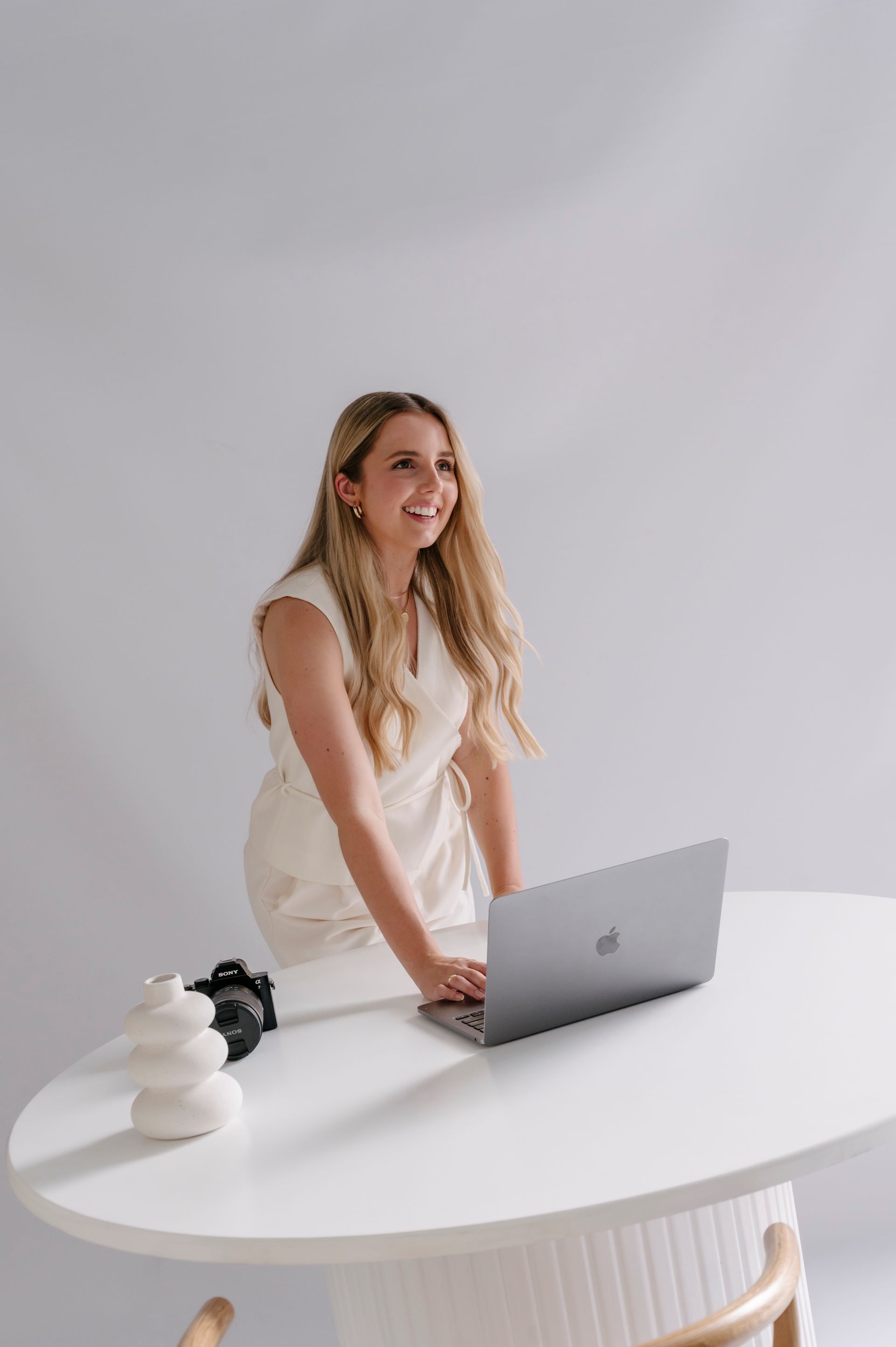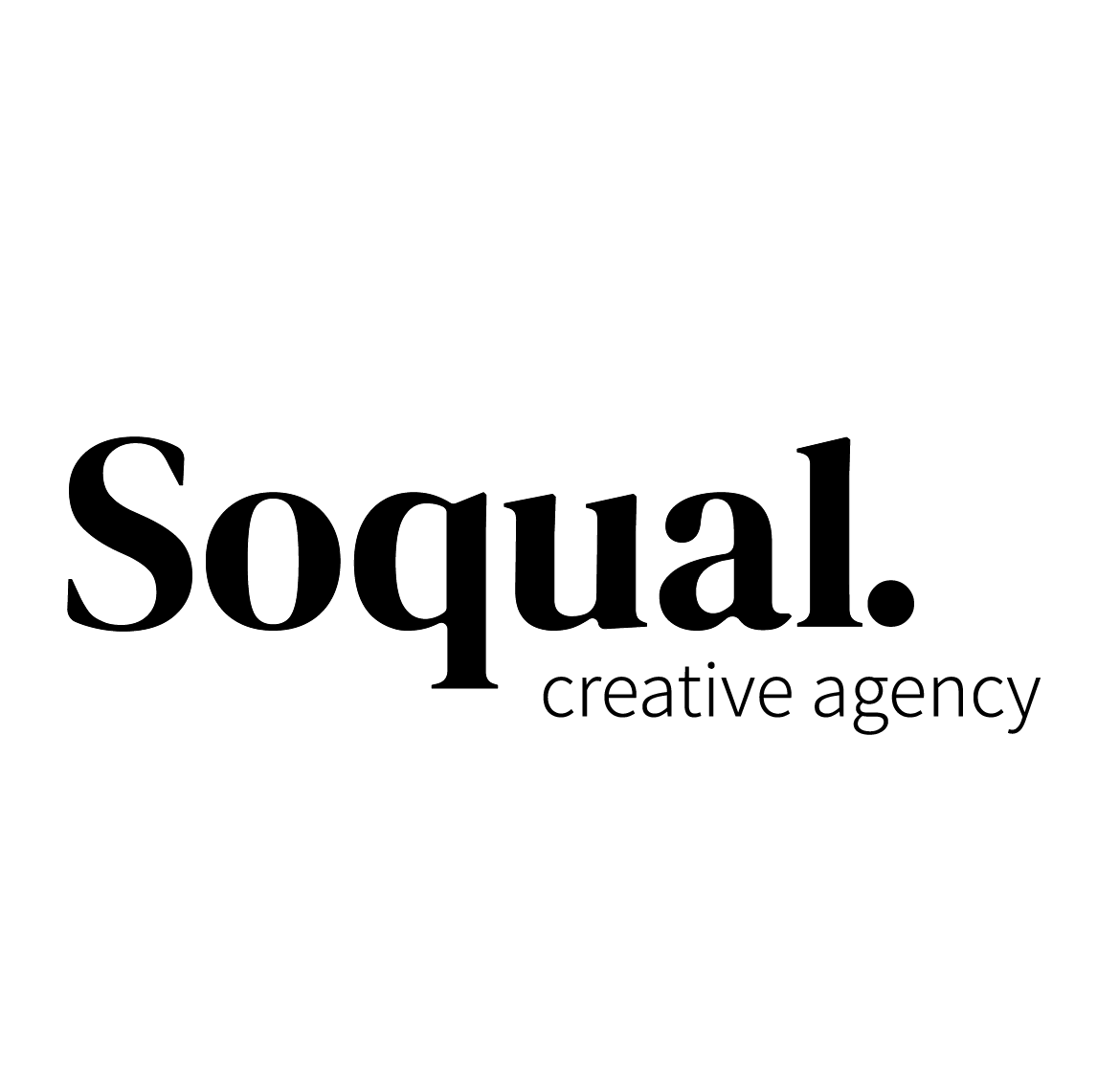Facebook and Instagram Ads in 2021
In our line of business, it’s our job to unravel the confusion that can sometimes surround social media marketing.
One of the areas that causes the most uncertainty for people is Facebook and Instagram advertising. The first thing to understand is that Facebook advertising IS Instagram advertising! When Facebook took over Instagram, the platforms became linked through Facebook Business Manager and you can only advertise on Instagram through the Facebook portal.
So, it’s essential to have a Facebook page and Facebook Business Manager as well as an Advertising Account as a starting point. After all, social media marketing is now a core component of the marketing strategy for any business that wishes to engage its consumers and create meaningful customer relations to drive sales and loyalty.
Let's look at the stats...
Facebook is still the most widely used platform of all with 2.45 billion active monthly users.
- 70% of all adults are Facebook users
- 74% of high-income earners have a Facebook account – even more than LinkedIn
- 1.62 billion users visit Facebook daily
- More than 40% of active Facebook users follow brand pages for product updates
- Facebook ads influence online shopping decisions for 25% of active users every day
- Facebook has the highest referral to e-commerce sites at 80.4% compared to Instagram’s 10.7%
Of course, which platform you use the most depends on your target audience and your product or service. Instagram has a huge Millennial and Gen Z following, so if your product or service appeals to a younger demographic, it has distinct advantages over Facebook. Additionally, as it is a highly visual medium, it traditionally works best with products that depend on visuals such as fashion, beauty, food, design, etc.
Instagram is the king of all social media platforms when it comes to social engagement.
- Engagement rates of branded posts in Instagram are 4.3% compared to Facebook’s 0.15%
- Over 1 billion people use Instagram every month
- In 2019, more than 1/3rd of Instagram users made an online purchase using their phones with their average spend being 15.4% greater than Facebook’s
- 80% of Instagram users follow at least one business with 60% seeking out new products
- Instagram users spend an average of 30 minutes every day on the platform
- 90% of Instagram users follow a business
Why you should use Facebook Advertising
The primary benefit of using Facebook advertising is the ability to target and refine your audience for a reasonably low investment, and if done correctly, is perfect for small businesses. It is not enough to establish your social media profiles and regularly post engaging content – that organic content will only get you so far. To truly grow your base, you need to find and engage with new audiences and Facebook advertising can help you do that.
Boosting vs. Advertising
Don’t make the common mistake of thinking that boosted posts are the same as advertising. Boosts have limited targeting options. You can’t target people based on behaviours or multiple matched interests and you can’t optimise your boosts based on what your objectives are – more page likes, post engagements, website clicks etc. You also can’t test your advertising when you’re boosting. Boosts are for widening the reach of your post but you have little control over how it’s done.
Benefits of Facebook Advertising
Business Objectives – you can get super specific with your business goals and create ads that can help you reach these goals.
Targeting – you can refine your audience by demographics and multiple matched interests to home in on your customer base.
Testing – one of the biggest advantages of Facebook advertising. Every advertisement should be tested to be certain that you’re spending your money in a way that will bring the best ROI possible. In Facebook Business Manager you can test audiences, the creative, the call to action, the headline, long or short copy, the graphic – just about any aspect of the ad and its delivery.
Control – advertising through Facebook Business Manager gives you control over your campaigns with the ability to continually optimise and control placements.
Need Help?
Facebook run a Facebook Blueprint course that’s free, and teaches you how to use your Business Manager, but if that sounds like a step too far for you, then we can help! If you’re keen to DIY your social media, we can assist with a one-on-one meeting to give you a few tips and pointers specific to your business. In addition, several times a year, we run social media training courses – sign up for our regular newsletter so that you know when the next one is running.
Finally, if you simply want to hand it over for an expert to take care of it, we can help with that too. Give us a call to discuss where you’re at. We’re happy to help!




